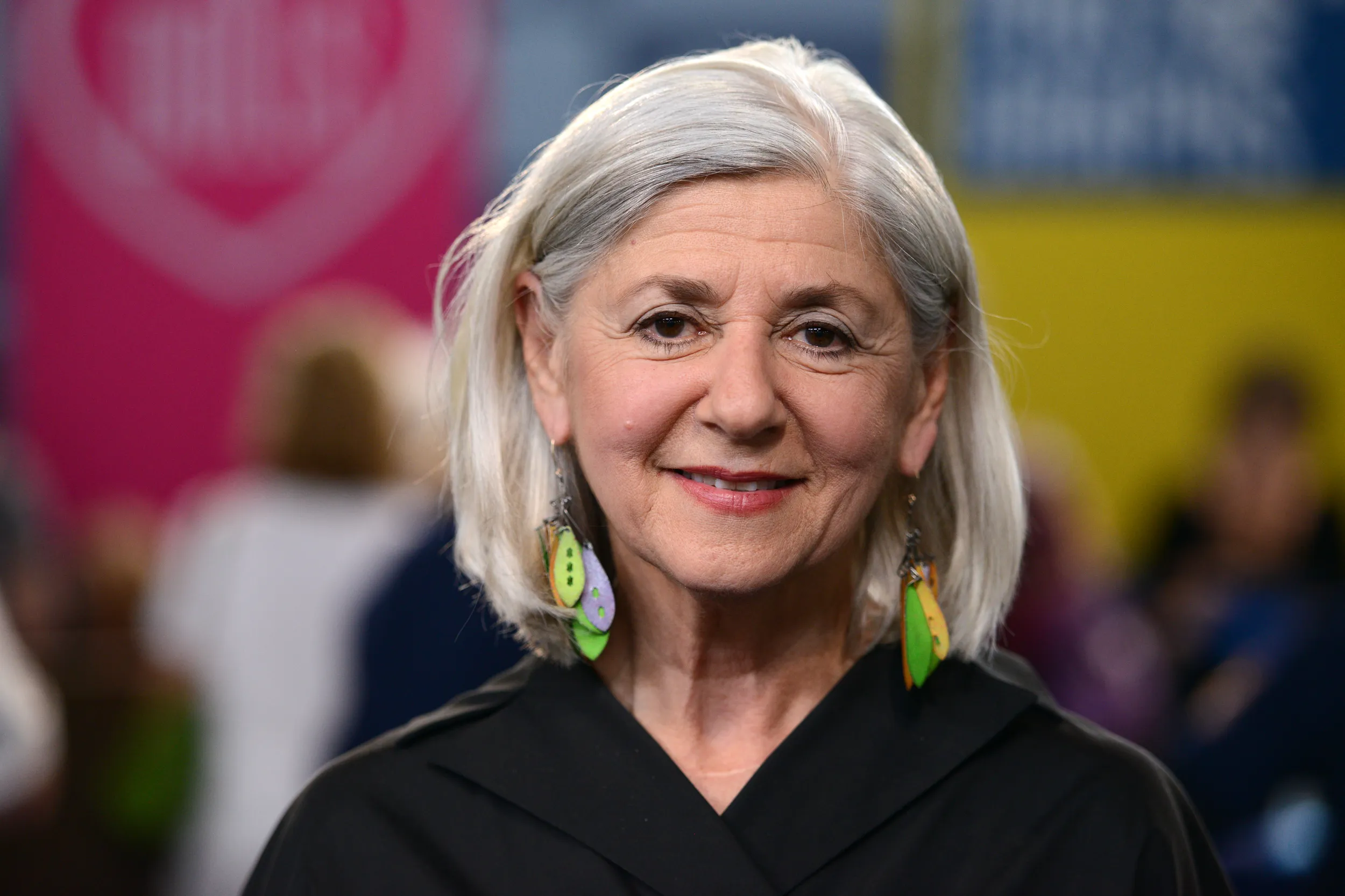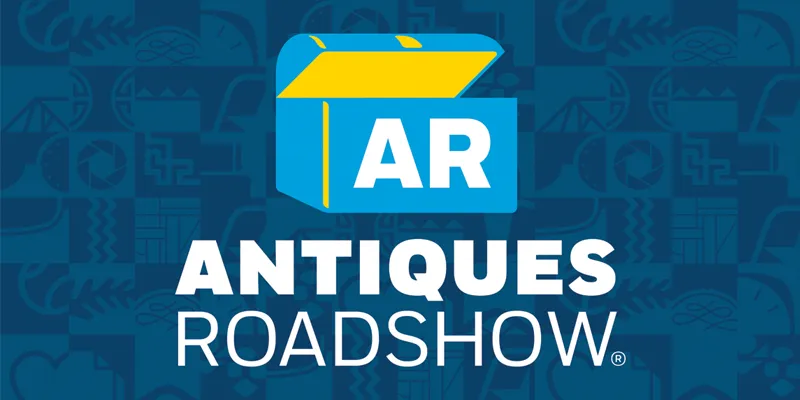GUEST: The bracelet was a wedding present from my husband's family. We got married 27 years ago. And it came from his aunt, who brought it to the United States in the late '30s from Germany. This is my husband's grandmother and his great-grandmother and his great-great-grandmother. And this is his father's oldest brother.
APPRAISER: And the family was a prominent family.
GUEST: Yes. They were a Frankfurt banking family. Their bank became Deutsche Bank. They had a summer house outside of Frankfurt. Their next-door neighbors were the Rothschilds.
APPRAISER: Oh, I see. So it was a great neighborhood. And who had the picture of the house?
GUEST: My husband was looking for an image to put on bottles. He was making vinegar. And I went on the internet, and I was looking at Italian villas, and I thought, "Oh, I'll just look at Villa Sulzbach," because that's the family's name, and this postcard came up, and a store in Berlin was selling it. On the reverse side is the signature. It's a nice letter from Hilda, his grandmother.
APPRAISER: What a fabulous, fabulous story. And do you know anything about the bracelet?
GUEST: I know nothing about it. I just hide it in the house.
APPRAISER: You hide it in the house. Well, I'm glad it came out for America to see. It's a very beautiful bracelet, and I can tell you that from a stylistic point, it's a transitional piece.
GUEST: Oh, okay.
APPRAISER: It's really Edwardian, going into Art Deco. And one of the reasons that I say that is that it has a very nice, heavy yellow gold band, and what's holding it are these beautiful elements, almost vines, made out of platinum, diamonds, and probably natural pearls. We can't say...
GUEST: ...until we got them x-rayed or something.
APPRAISER: Yes. And the way it's made, it's jointed.
GUEST: Yes.
APPRAISER: So it's supple. And these rubies are perfectly matched.
GUEST: They're rubies?
APPRAISER: Oh, yeah.
GUEST: I didn't know they were rubies.
APPRAISER: These are Burma rubies.
GUEST: Oh, my goodness, I didn't know. I have goosebumps.
APPRAISER: I mean, you are in a very high quality of everything, from the pearls, from the design. The only thing it's missing is it doesn't have a signature.
GUEST: Yes.
APPRAISER: But from the way it's made, the design, and just the whole history, it's probably made in Germany. And it even was expensive then, 1910 to 1918. That would be the period. In 2003, there was a ban of bringing in Burma rubies into this country. It was brought into this country much earlier, and certainly it was made much earlier. So there is no problem with having this bracelet.
GUEST: Yes.
APPRAISER: And when you put it on before, it's like a river. It just undulates.
GUEST: I love it.
APPRAISER: It's just a perfect, perfect bracelet with a fabulous story. Now, value. Value's going to be difficult.
GUEST: Yes.
APPRAISER: Besides being beautiful, of the period, and it comes from a prominent family, it has everything going for it. If I had to insure it, I would put probably $20,000 on it, because I don't think you could find one.
GUEST: Wow.
APPRAISER: And certainly not with the whole story. So I'm glad you came.
GUEST: I said I was going to try not to cry.
APPRAISER: Don't, no, you don't have to. Be happy.
GUEST: I didn't realize they were rubies. We always thought they were amethysts.
APPRAISER: Oh, no, no, these are not amethysts.
GUEST: I know.














